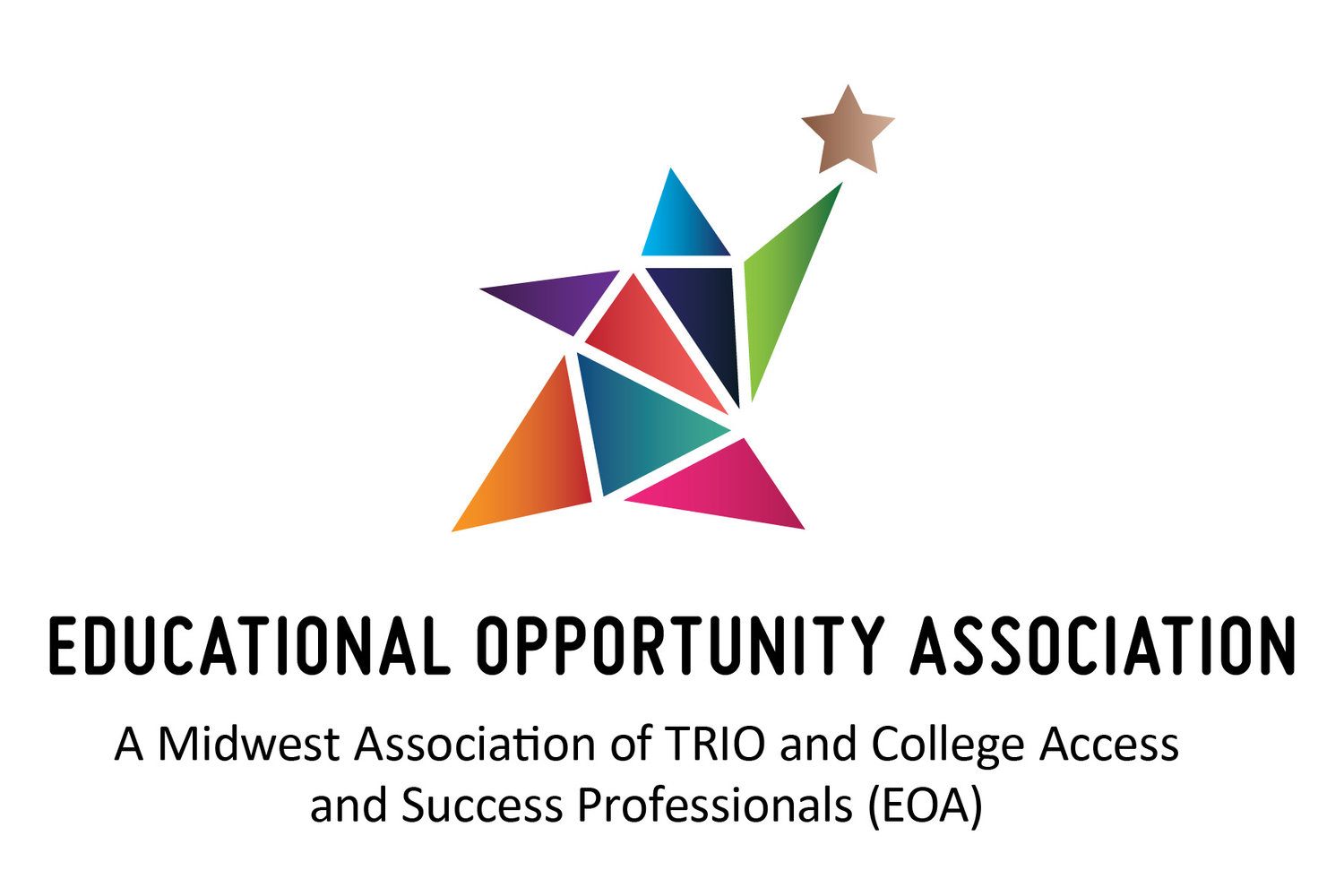Community Networking Resources
The following resources address the federal competitive preference for community networking. These resources contain general guidelines for strengthening community networks and could be applied to GEAR UP and TRIO Programs. These are only a sample. If you have some that might be useful to add to the list, send them to edpractices@eoa.org
George Lucas Educational Foundation. Resources for Building Community Partnerships <https://www.edutopia.org/article/community-business-partnerships-resources> Learn how schools can benefit from the support and expertise of local businesses, organizations, and individuals, and discover strategies for fostering successful business and community partnerships.
National Association for the Education of Young Children. Building Reciprocal Relationships with Communities. <https://www.naeyc.org/resources/blog/building-reciprocal-relationships> Building relationships with the community has multiple benefits—your organization or school builds name recognition and a positive reputation, you are informed of local events and community resources, and your organization’s credibility is enhanced
Patsy Davies and Claudia Bolton. A Guide to Developing Community Connections. <https://www.allenshea.com/wp-content/uploads/2017/02/CommunityConnectionsGuide1996.pdf> This workbook is a compilation of tools and information gathered from people across the country who do the work of community building. What we have included is not inclusive, and does not contain a sure way to succeed method. The tools and exercises are to be used as a starting point in your work of connecting people. Each situation is different; what works for one person will probably not work for another. We want you to use these exercises as one way of exploring ways to connect with others.
Peer Connect. Building Connections into Community Life. <https://www.peerconnect.org.au/stuff-peer-networks-talk-about/life-issues/building-connections-community-life/> Networks have a role in building connections into community life, both for the network as a whole and for individuals. This Quick Guide will help you think about building connections into community life.
Minnesota Department of Health. Building Community Relationships. <https://www.health.state.mn.us/communities/practice/resources/chsadmin/community-relationships.html> Engaging community members in problem-solving solutions to issues that affect them is one of the fundamental principles of public health. The most effective way to achieve public health goals, especially the elimination of disparities in health status, is to actively engage those experiencing the problems in every aspect of addressing them. Community engagement means involving community members in all activities—from identifying the relevant issues and making decisions about how to address them, to evaluating and sharing the results with the community.
Early Childhood Learning and Knowledge Center. Engaging Community Partners to Strengthen Family Services. <https://eclkc.ohs.acf.hhs.gov/community-engagement/article/engaging-community-partners-strengthen-family-services> Community engagement refers to the mutually respectful, strengths-based relationships between Head Start and Early Head Start staff and families, community members, and agencies. These relationships support parents' roles as valued community members and their progress toward their goals for themselves and their children. Community partners can work with families and program staff toward such goals as parents' educational advancement, economic mobility, and other aspects of family well-being.
National Center on Safe Supportive Learning Environments. Family-School-Community Partnerships. <https://safesupportivelearning.ed.gov/training-technical-assistance/education-level/early-learning/family-school-community-partnerships> Family-school-community partnerships are a shared responsibility and reciprocal process whereby schools and other community agencies and organizations engage families in meaningful and culturally appropriate ways, and families take the initiative to actively support their children’s development and learning. Schools and community organizations also make efforts to listen to parents, support them, and ensure that they have the tools to be active partners in their children’s school experience.
